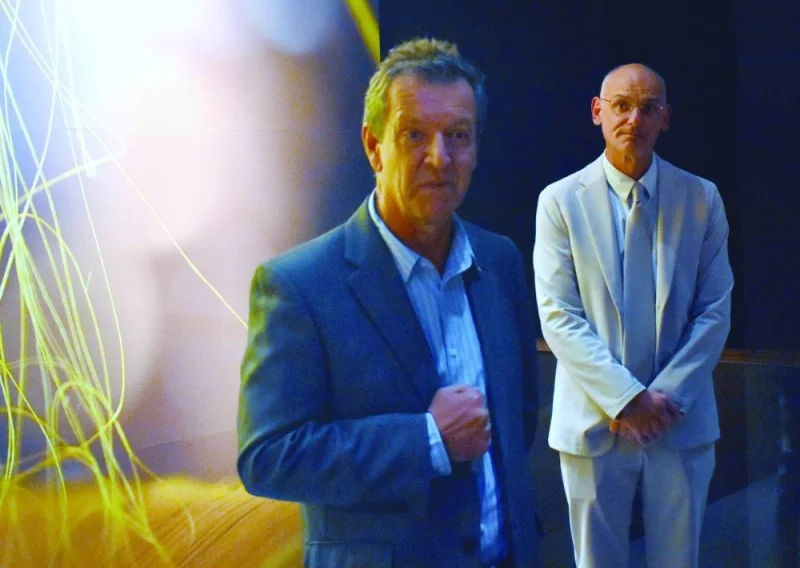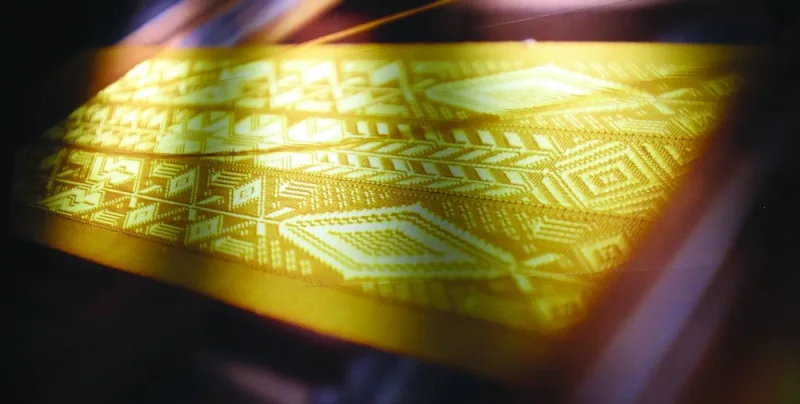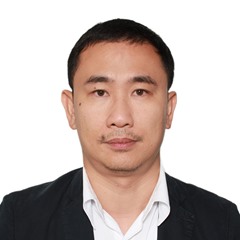Nicholas Godley and Simon Peers, the innovative minds behind the marvel of spider silk textiles, have expressed keen interest in partnering with a country like Qatar to pioneer the biomedical use of what they described as “the material of the future”.
Speaking during a media tour of the ‘Golden Spider Silk’ exhibition at the Museum of Islamic Art on Tuesday, the duo disclosed their aims for possible future partnerships and highlighted Qatar’s forward-looking approach towards biotechnology and medical science as a prime reason for their interest.
“If we commercialise this, we would want to do it in a place like Qatar, that is looking to the future and interested in biotechnology and medical science. This would be a wonderful project to develop in Qatar, absolutely," Godley said.
“I am amazed how much Qatar has done, I got to know Qatar mostly, like everyone else, because of the World Cup, and coming here for the first time, I am amazed at how beautiful and how organised and environmentally conscious, everything is in Qatar.
“And for a good reason too, Qatar is using its resources not for today but for the future and so if spider silk is a material of the future, it should definitely be done in a country that values the future and is interested in the future,” Godley said.
“The door is always open for future collaborations. Certainly, we had discussions with commercial collaborators, with scientists.”
He highlighted the huge potential of spider silk for biomedical purposes rather than as a mere fashion item, noting the unique properties that make it ideal for such applications.
“Spider silk as a material could be commercialised and will be commercialised for biomedical uses,” he said, pointing out that the prospect of collaborating with Qatar opens new doors and opportunities.
Regarding the challenges in producing the textiles, Godley described their journey as arduous – spending two decades of continuous research and testing. He said their meticulous efforts yielded four stunning textiles crafted solely from spiders’ silk: an embroidered cape, a brocaded weave lamba, sheer taffeta, and a satin weave shawl.
He said about 70 people worked in spider silk extraction and creating the pieces in Madagascar, while others served as weavers.
However, Godley noted that their current focus is to showcase their work to the public, noting that the impact their creations have on people is insightful, often leaving a lasting impression.
“When people see it, they never forget it,” he said, adding that he met individuals who, even 10 years later, still vividly remember seeing their work exhibited in major cities such as New York and London.
He said the British ambassador to Qatar attended the exhibition’s opening at MIA recently, and noted that he had seen these works in London 11 years ago.
Godley hopes that visitors to their exhibition in Doha would similarly remember the experience and that the city would become a significant part of spider silk history for people around the world.

(From left) Simon Peers and Nicholas Godley at a media tour of the ‘Golden Spider Silk’ exhibition at MIA on Tuesday. PICTURE: Thajudheen

The duo's efforts yielded four stunning textiles crafted solely from spiders’ silk: an embroidered cape, a brocaded weave lamba, sheer taffeta, and a satin weave shawl. PICTURE: Thajudheen

